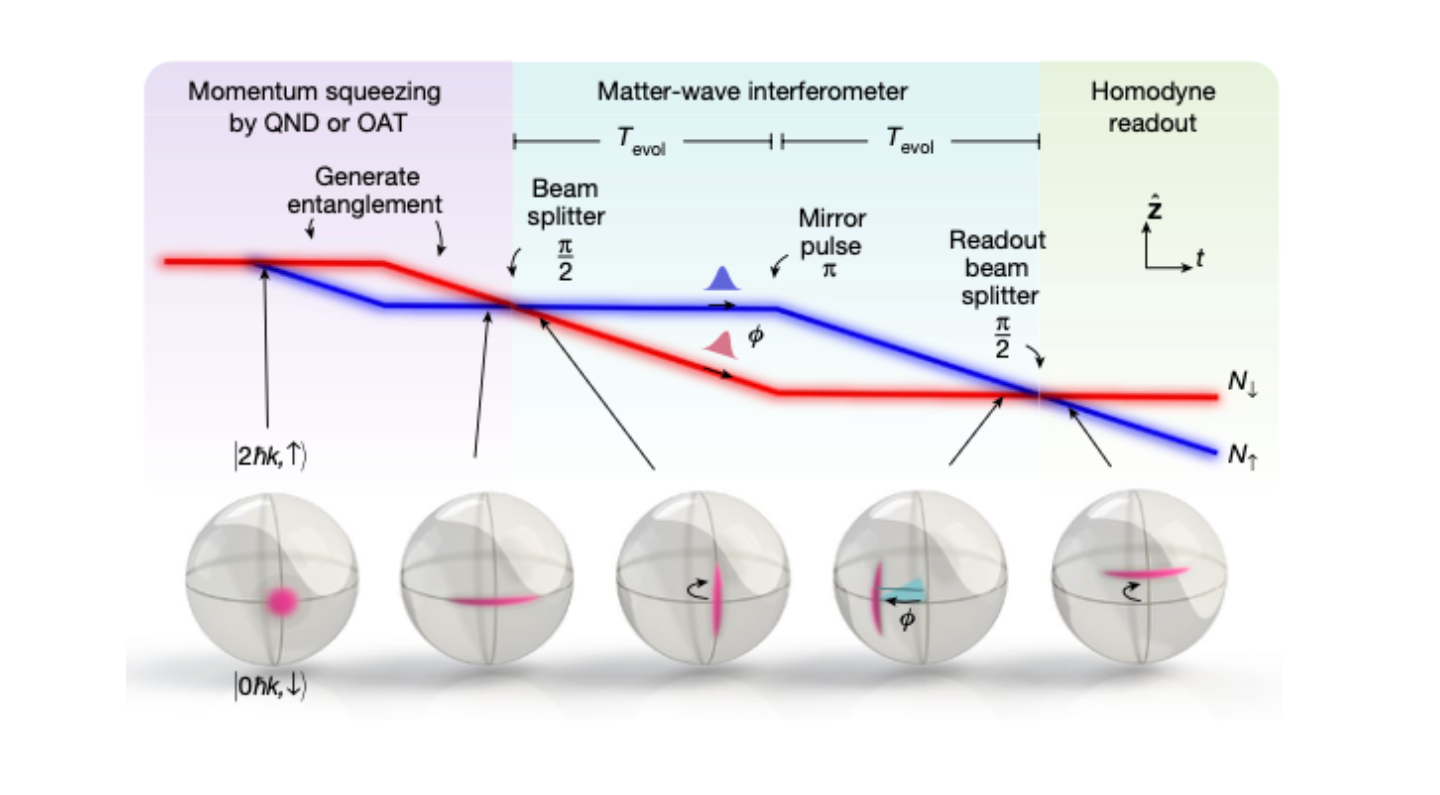The Quantum Systems Accelerator (QSA), a National Quantum Information Science Research Center funded by the U.S. Department of Energy Office of Science, takes a science-first approach to exploring new frontiers in physics. By co-designing cutting-edge quantum devices across three major technologies—neutral atoms, trapped ions, and superconducting circuits—scientists at QSA are exploring big science questions about our world that are not feasible to tackle with classical methods. QSA includes researchers in quantum information science, sharing experimental techniques, novel scalable technologies, and theoretical tools of quantum information across both application spaces. Crucial to QSA’s cutting-edge experiments that advance our fundamental understanding of physics is a collaboration between institutions and a strong vision to explore profound questions with current quantum technologies.
Increased Quantum Coherence
A notable example of QSA’s researchers pushing the boundaries in science by leveraging the properties of quantum physics was published in Nature in 2022. The experimental team led by JILA, a joint institute at the University of Colorado Boulder and the National Institute of Standards and Technology (NIST), demonstrated once more the validity of the theory of general relativity by improving the accuracy of precise measurements. Albert Einstein’s theory of general relativity refers to how gravity and massive objects curve space-time, affecting the passage of time – a phenomenon described as time dilation. The research probed time dilation on a millimeter-scale atomic ensemble with unprecedented precision.
Using roughly 100,000 ultracold strontium atoms in an optical lattice at ultralow temperatures close to absolute zero and spaced across one millimeter vertically, QSA scientists demonstrated with unprecedented precision that the clocks ticked at different rates due to the effects of gravity when atoms are separated by a few hundred microns. The team employed these atoms in the optical lattice to reduce disturbances from atomic motion, allowing for more precise measurements over ten days. The groundbreaking accuracy in detecting the minimal difference in time due to gravity, known as “redshift,” was 50 times better than in any previous clock, establishing a new standard in precision and quantum coherence.
“QSA has been instrumental in providing a stimulating intellectual environment for us to pursue the absolute forefront of quantum science, where students can inspire each other to create new ideas and develop new technologies,” explained the Principal Investigator, Jun Ye of JILA.
The team also focused on improving control over the clock’s quantum states throughout the experiment because extended atomic coherence times are critical for clock accuracy and precision. To achieve this, they adjusted the depth of the optical traps to maximize coherence times and the stability of measurements, proving that this critical requirement for clocks is also valuable for other programmable quantum devices.
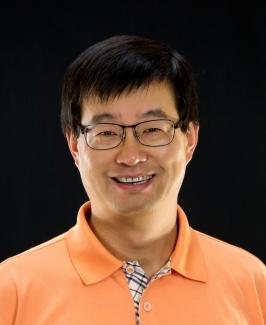
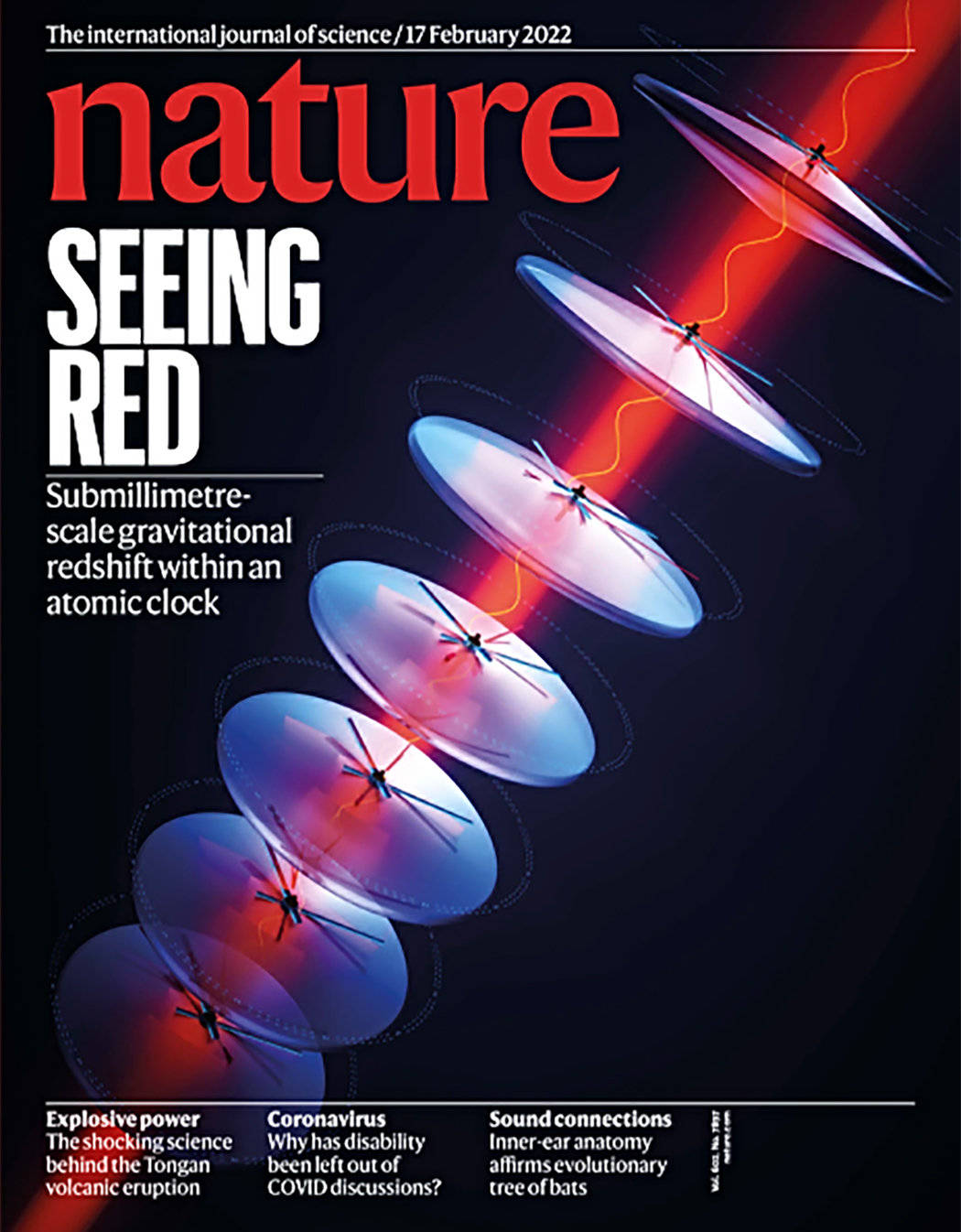
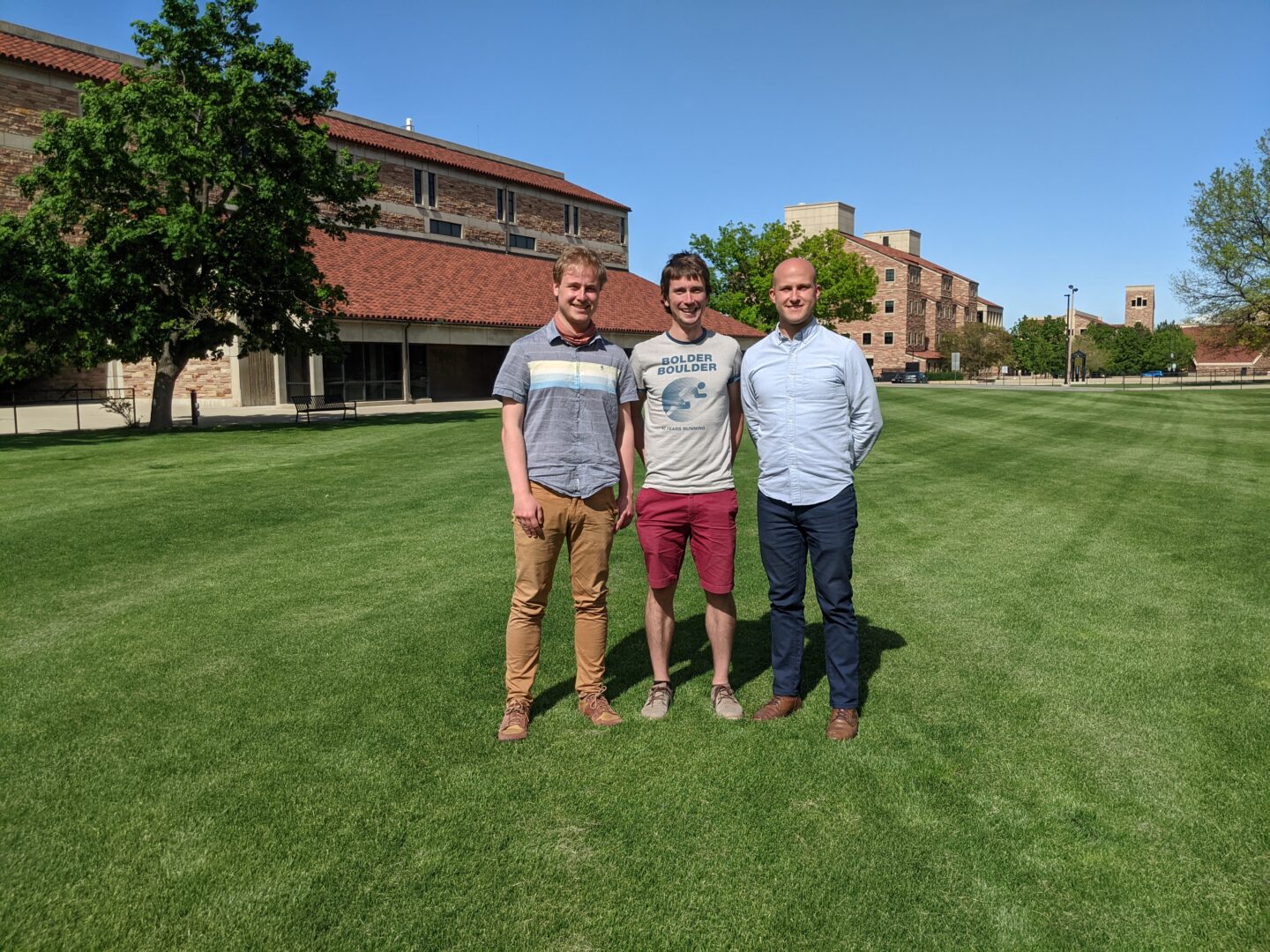
Sensing with Waves of Matter Beyond the Standard Quantum Limit
Another QSA team, led by Professor James K. Thompson at JILA, NIST, and the Department of Physics, University of Colorado, Boulder, pioneered a unique approach to enhance the precision of a quantum sensor. In a standard matter-wave interferometer, researchers harness the fact that atoms can act as both a particle and a wave in quantum mechanics to measure tiny changes in gravity or motion. However, the random behavior of atoms in quantum mechanics limits the device’s precision, known as the standard quantum limit or SQL. The QSA team demonstrated for the first time how a special phenomenon in quantum mechanics can make an extremely sensitive matter-wave interferometer even more precise.
Publishing their experiment in Nature in 2022, the team went beyond the SQL by using quantum entanglement, where the quantum states of roughly 700 ultracold rubidium atoms are linked in such a way that their properties become correlated, regardless of distance. The collective measurements of these states reduce the randomness in their interferometer results, achieving up to 1.7 decibels of improvement.
“Single atoms in quantum mechanics are fundamentally very fuzzy and uncertain little objects. However, we were able to get the atoms to work together such that the quantum fuzziness of one atom is partially cancelled by the quantum fuzziness of another atom,” said Thompson.
Similar to other QSA researchers using quantum entanglement for quantum computing, reducing noise in quantum sensors requires creating entanglement between atoms, thus relying on the same techniques and fundamental physics.
The team directed roughly 700 rubidium atoms inside a high-finesse optical cavity along its axis to achieve this. A high-finesse cavity consists of two highly reflective, nearly flawless mirrors that trap light and keep it bouncing back and forth through the atoms many times. The sustained confinement of light inside the cavity strengthens its interaction with the atoms, enabling advanced quantum effects and enhancing the interferometer’s precision beyond SQL.
“The team, co-led by then PhD students Graham Greve and Chengyi Luo, used two very different approaches that both worked great! In the first approach, they used light to essentially measure the quantum noise of the atoms and cancel it. In the second approach, they used the light as a kind of shared quantum network that allowed the atoms to carry on a quantum conversation with each other so that they could conspire to work together to be quieter,” explained Thompson.
By linking the quantum states of hundreds of atoms, the team’s experiment has broadened novel possibilities for ultra-precise measurements in physics.
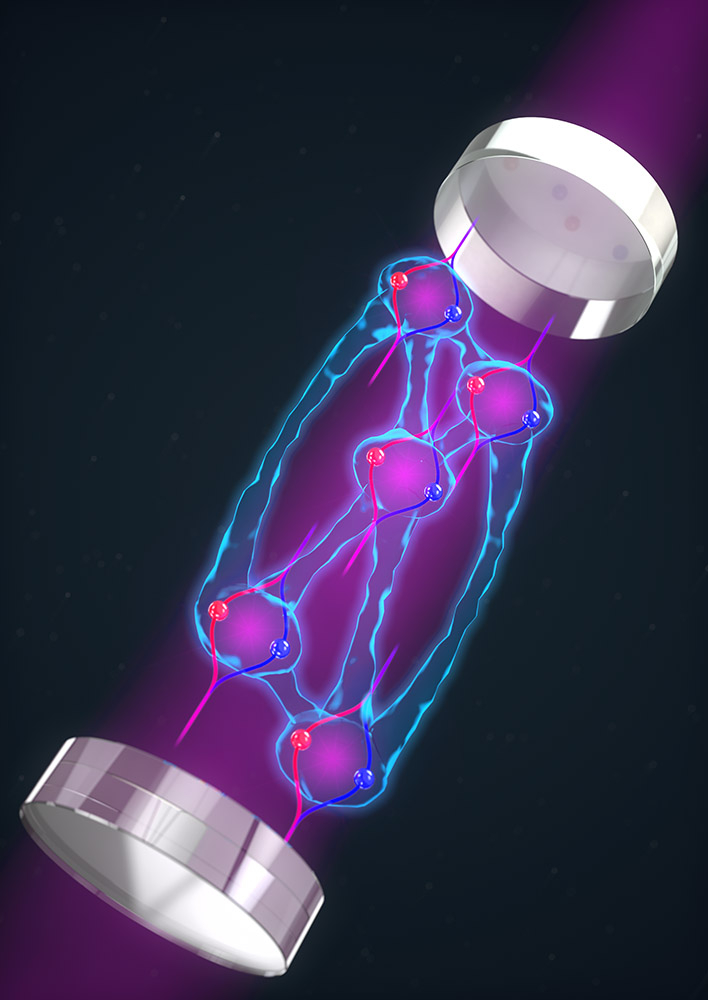
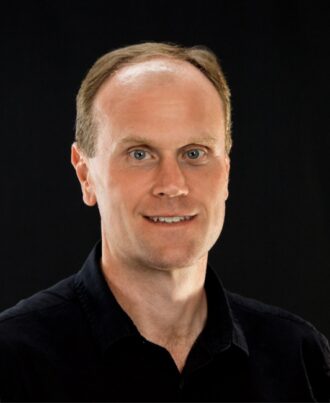
New Capabilities for Exploring Quantum Materials
(QSA) is is making significant progress in quantum technology, including developing quantum devices to measure important properties of other quantum systems and testing for defects. Testing quantum devices is often slow and expensive due to lengthy preparation, often requiring extensive calibration and characterization before any operation. Early screening of devices can save time, provided the screening tools are sensitive enough.
An original approach to this kind of sensitive, non-invasive screening involves the use of quantum sensors based on defects in diamond. Diamond can behave like a tiny magnet sensitive to magnetic fields when two neighboring carbon atoms are replaced by a nitrogen atom and a vacancy, creating a nitrogen-vacancy (NV) center. Researchers at Sandia National Laboratories (Sandia Labs), led by Andrew (Andy) Mounce, Pauli Kehayias, and Luca Bass, developed a non-invasive method to measure microwave frequency magnetic fields using an NV-based quantum sensor. Publishing their approach in Journal of Applied Physics, they demonstrated a new way to test quantum devices and screen for errors without damaging them, while also verifying that the devices behaved as expected compared to computer simulations.
This research builds on earlier work in trapped-ion quantum computers by the same Sandia National Laboratories team. In that work, they investigated localized electrical shorts in ion traps, specifically the trench capacitors that help manage RF voltages on control electrodes, also published in the Journal of Applied Physics. The team extended this capability by demonstrating that their devices can also measure magnetic fields at higher frequencies. These higher-frequency measurements are relevant to various quantum computing platforms, including trapped-ion and superconducting systems.

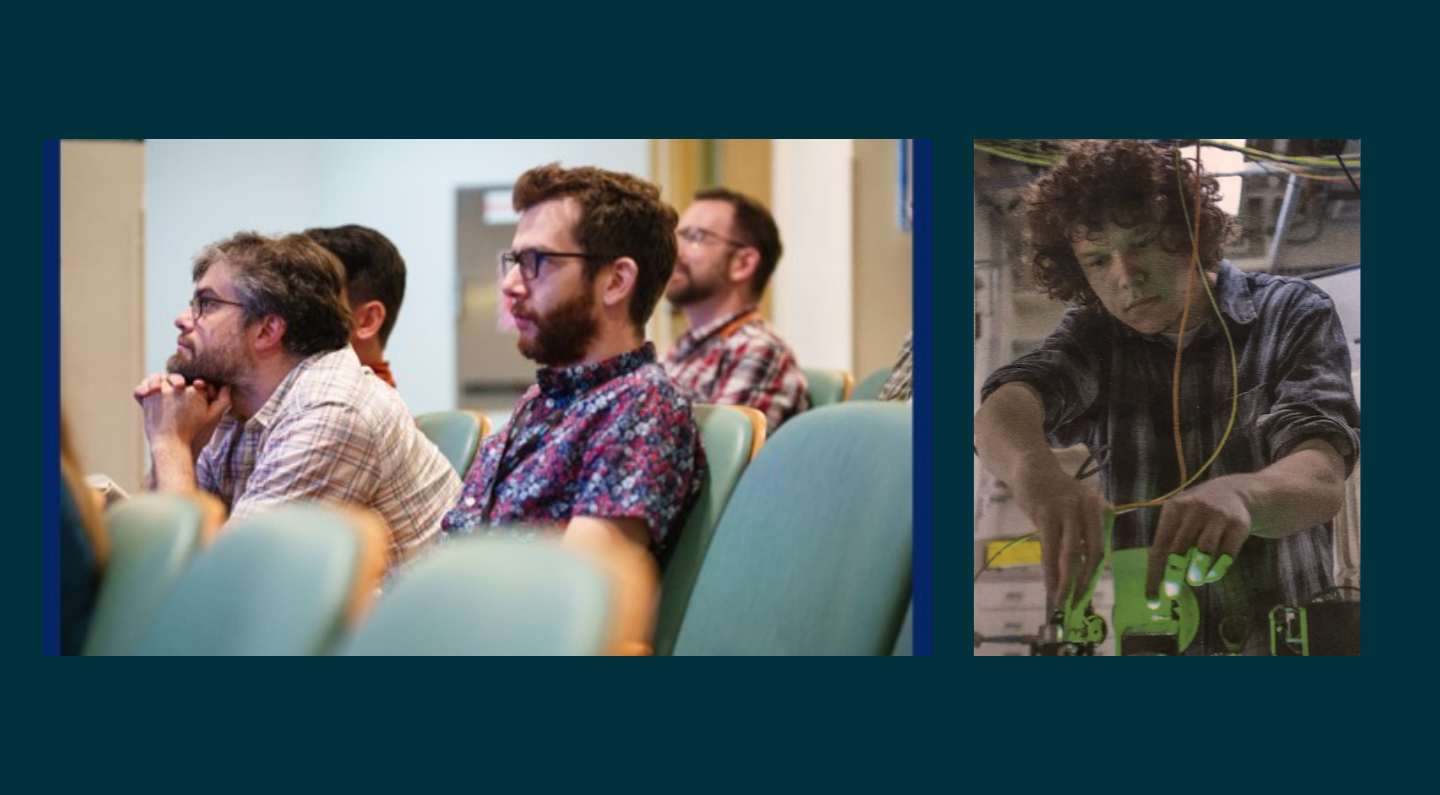
A deeper understanding of how magnetic fields and quantum phenomena affect the electronic structure of materials is a vital step toward improving fabrication methods for quantum technologies. A team at Lawrence Berkeley National Laboratory (Berkeley Lab), QSA’s lead laboratory, introduced a magnetoARPES technique in the Journal of Electron Spectroscopy and Related Phenomena—a modified version of the widely used Angle-Resolved Photoemission Spectroscopy (ARPES) technique, which uses electromagnetic radiation to eject electrons from a material’s surface.
Historically, applying a magnetic field during ARPES has been challenging because it distorts the trajectory of electrons. The novel MagnetoARPES technique tackles this challenge by confining the magnetic field into a thin layer roughly 100 micrometers from the sample surface, which consists of graphene deposited on thin silicon carbide (SiC) substrates.
The team leveraged the world-class synchrotron light source capabilities at Berkeley Lab’s Advanced Light Source, a DOE user facility, to produce a strong, focused X-ray beam to strike the graphene sample. This intense X-ray radiation with very thin samples released photoelectrons that traveled briefly through the confined magnetic field with minor deflection or distortion, reaching a special device called a hemispherical electron analyzer. The analyzer provided high-resolution measurements of electron energy and emission angles and was rotated to compensate for any shifts induced by the magnetic field. To further test this technique, the team compared their experimental data to computer simulations, demonstrating that magnetoARPES can be used in future experiments to explore quantum materials and fundamental questions in physics.
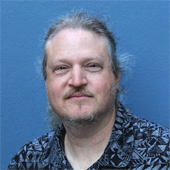
These groundbreaking experiments at multiple partner institutions across the QSA ecosystem highlight QSA’s unique ability as a DOE National QIS Research Center to bring together forward-looking pioneers and co-design tools and methods for a deeper understanding of fundamental physics. From proving time dilation on a millimeter scale to enhancing sensor precision beyond classical limits, QSA researchers use quantum tools and methods to explore exciting new questions in science.
Lawrence Berkeley National Laboratory (Berkeley Lab) is committed to groundbreaking research focused on discovery science and solutions for abundant and reliable energy supplies. The lab’s expertise spans materials, chemistry, physics, biology, earth and environmental science, mathematics, and computing. Researchers from around the world rely on the lab’s world-class scientific facilities for their own pioneering research. Founded in 1931 on the belief that the biggest problems are best addressed by teams, Berkeley Lab and its scientists have been recognized with 16 Nobel Prizes. Berkeley Lab is a multiprogram national laboratory managed by the University of California for the U.S. Department of Energy’s Office of Science.
DOE’s Office of Science is the single largest supporter of basic research in the physical sciences in the United States, and is working to address some of the most pressing challenges of our time. For more information, please visit energy.gov/science.
Sandia National Laboratories is a multimission laboratory operated by National Technology and Engineering Solutions of Sandia LLC, a wholly owned subsidiary of Honeywell International Inc., for the U.S. Department of Energy’s National Nuclear Security Administration. Sandia Labs has major research and development responsibilities in nuclear deterrence, global security, defense, energy technologies and economic competitiveness, with main facilities in Albuquerque, New Mexico, and Livermore, California.
The Quantum Systems Accelerator (QSA) is one of the five National Quantum Information Science Research Centers funded by the U.S. Department of Energy Office of Science. Led by Lawrence Berkeley National Laboratory (Berkeley Lab) and with Sandia National Laboratories as lead partner, QSA catalyzes national leadership in quantum information science to co-design the algorithms, quantum devices, and engineering solutions needed to deliver certified quantum advantage in scientific applications. QSA brings together dozens of scientists who are pioneers of many of today’s unique quantum engineering and fabrication capabilities. In addition to industry and academic partners across the world, 15 institutions are part of QSA: Lawrence Berkeley National Laboratory, Sandia National Laboratories, University of Colorado at Boulder, MIT Lincoln Laboratory, Caltech, Duke University, Harvard University, Massachusetts Institute of Technology, Tufts University, UC Berkeley, University of Maryland, University of New Mexico, University of Southern California, UT Austin, and Canada’s Université de Sherbrooke. For more information, please visit https://quantumsystemsaccelerator.org/
